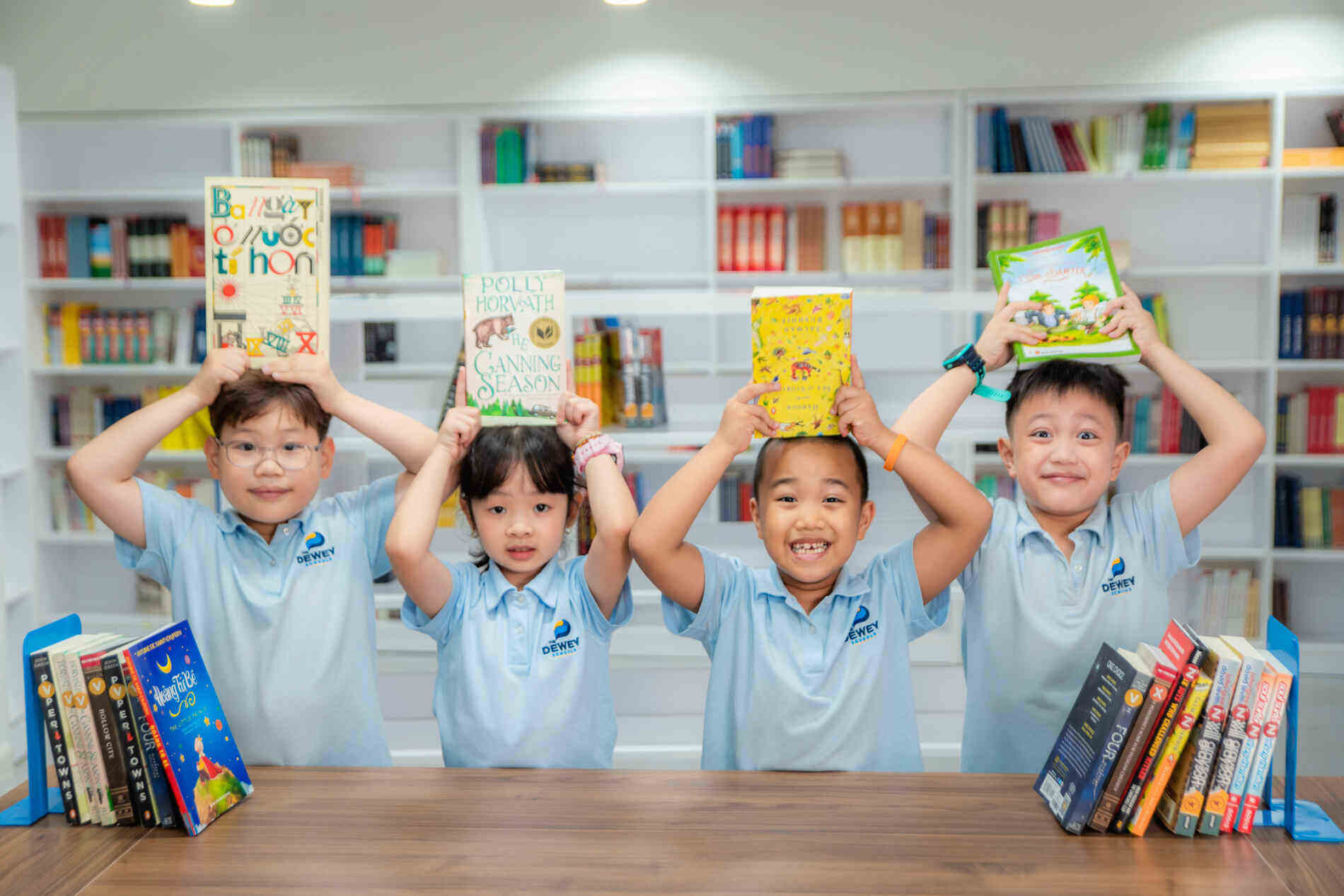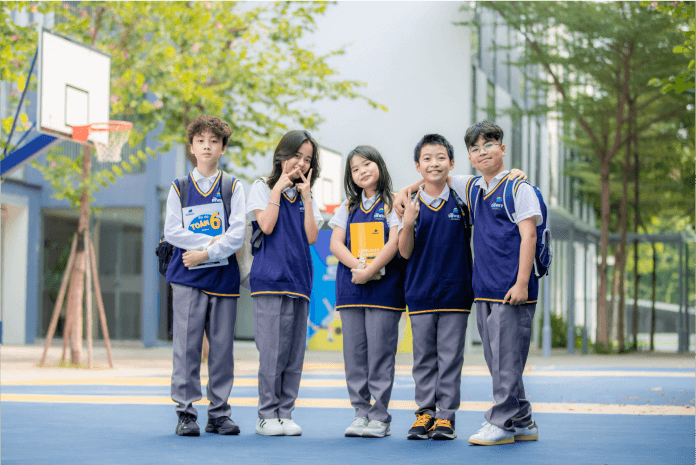What is biomass?
How can we assess plant growth?
How does seed density impact plant development?
These seemingly boring topics were brought to life in an engaging and exciting Biology lesson for class 9Cannes. TDSers turned the Science Lab into a “mini-garden” with experiments exploring competition among plant species.



Over just one month, starting from sowing tiny seeds, TDSers discovered valuable insights about biomass, germination processes, and the effects of seed density on plant growth. Each group was tasked with cultivating plants like radishes and wheat under two different conditions: growing them separately or together in the same pot. With meticulous care, students eagerly awaited the results of their experiment.



To determine which plants thrive better, the “TDSers scientists” carefully removed soil, weighed each plant using professional equipment, collected data, and calculated average biomass. Through this hands-on experiment, students not only gained new knowledge but also uncovered that every plant species has its own “personality” and requires unique care.




“Taking care of the plants and recording data ourselves allowed us to compare their growth under different conditions. For example, wheat grew better when planted together, thanks to mutual support, whereas radishes needed adequate spacing to ensure enough room for their roots to develop and avoid nutrient competition. Comparing pots with high and low seed densities also gave us a clearer understanding of the importance of planting space,” shared Pham Hong Ngoc, a student from 9Cannes.

“Learning through practical activities not only deepens students’ understanding and helps them retain information longer but also enhances skills like teamwork, observation, and accurate data recording. Seemingly small lessons like planting experiments foster scientific thinking and nurture a love for the natural world,” said Ms. Sonja Freeman, biology teacher.


























